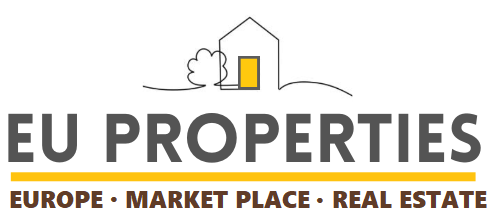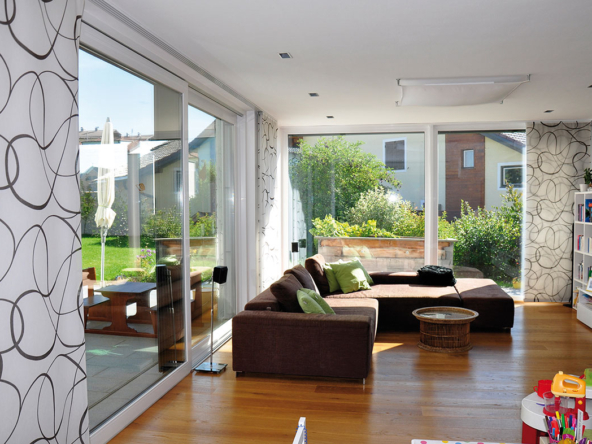The European real estate market is diverse, dynamic, and full of opportunities—but it also faces significant challenges. From housing shortages to varying regulations across countries, navigating the EU real estate landscape can be daunting. In this post, we’ll uncover the truth about the industry, explore key issues like housing shortages, and share 10 interesting facts that highlight the diversity of Europe’s real estate markets.
Housing Shortages in the EU: A Growing Concern
Housing shortages have become a pressing issue across many European countries, particularly in major cities. As urbanization continues and populations grow, demand for affordable housing is increasing, but the supply is struggling to keep up. In countries like Germany, the UK, and France, this imbalance has resulted in rising property prices and rents, making it difficult for many to find suitable homes.
Why is this happening?
Several factors contribute to housing shortages across the EU, including:
- Urbanization: More people are moving to cities for better job prospects, driving up demand for housing in urban areas.
- Land Availability: Limited available land for new construction in certain regions is slowing the development of new housing projects.
- Regulations: In some countries, strict zoning laws and long permit approval processes make it difficult to build new homes quickly.
10 Interesting Facts About the EU Real Estate Market
- Diverse Property Markets: The EU is home to a wide variety of property markets, ranging from booming urban centers like Paris and Berlin to quieter, rural locations in countries such as Portugal and Poland.
- Property Prices Can Vary Dramatically: While cities like London and Zurich have some of the highest real estate prices in the world, other European cities, such as Lisbon or Budapest, still offer affordable properties compared to their counterparts.
- EU Housing Regulations Differ Widely: Every EU country has its own set of regulations governing the real estate market, making cross-border transactions more complex.
- Rental Demand is Rising: With rising home prices, many Europeans are opting to rent rather than buy, leading to increased demand for rental properties, particularly in urban areas.
- Strong Demand in Vacation Destinations: Countries like Spain, Italy, and Greece see high demand for holiday homes, with foreign buyers often looking for second properties in desirable locations.
- Sustainability is a Growing Trend: With environmental concerns on the rise, more buyers and renters are looking for energy-efficient homes and buildings with green certifications.
- Interest Rates Impacting Investment: Low-interest rates have fueled real estate investments across Europe in recent years, but rising rates could have a cooling effect on the market in the future.
- The Rise of Smart Homes: Technology is playing an increasingly important role in real estate. Many new builds feature smart home technologies, including energy-saving devices and security systems.
- Real Estate as an Investment: Real estat
e remains one of the most popular investment options in Europe, with institutional investors and individuals alike looking to secure long-term returns from property.
- Expats Drive Demand: In cities like Amsterdam, Lisbon, and Barcelona, there is a growing demand for properties from expatriates who are relocating for work or lifestyle reasons.
Conclusion: Navigating the EU Real Estate Landscape
The EU real estate industry is constantly evolving, shaped by factors like urbanization, regulation, and shifting market demands. While challenges like housing shortages persist, there are still many opportunities to be found. By understanding the unique dynamics of each country and staying informed on market trends, property buyers, renters, and investors can make smarter decisions in navigating Europe’s diverse real estate landscape.
Stay tuned for more insights and updates in our upcoming blog posts, where we continue to explore the ever-changing world of EU real estate.














